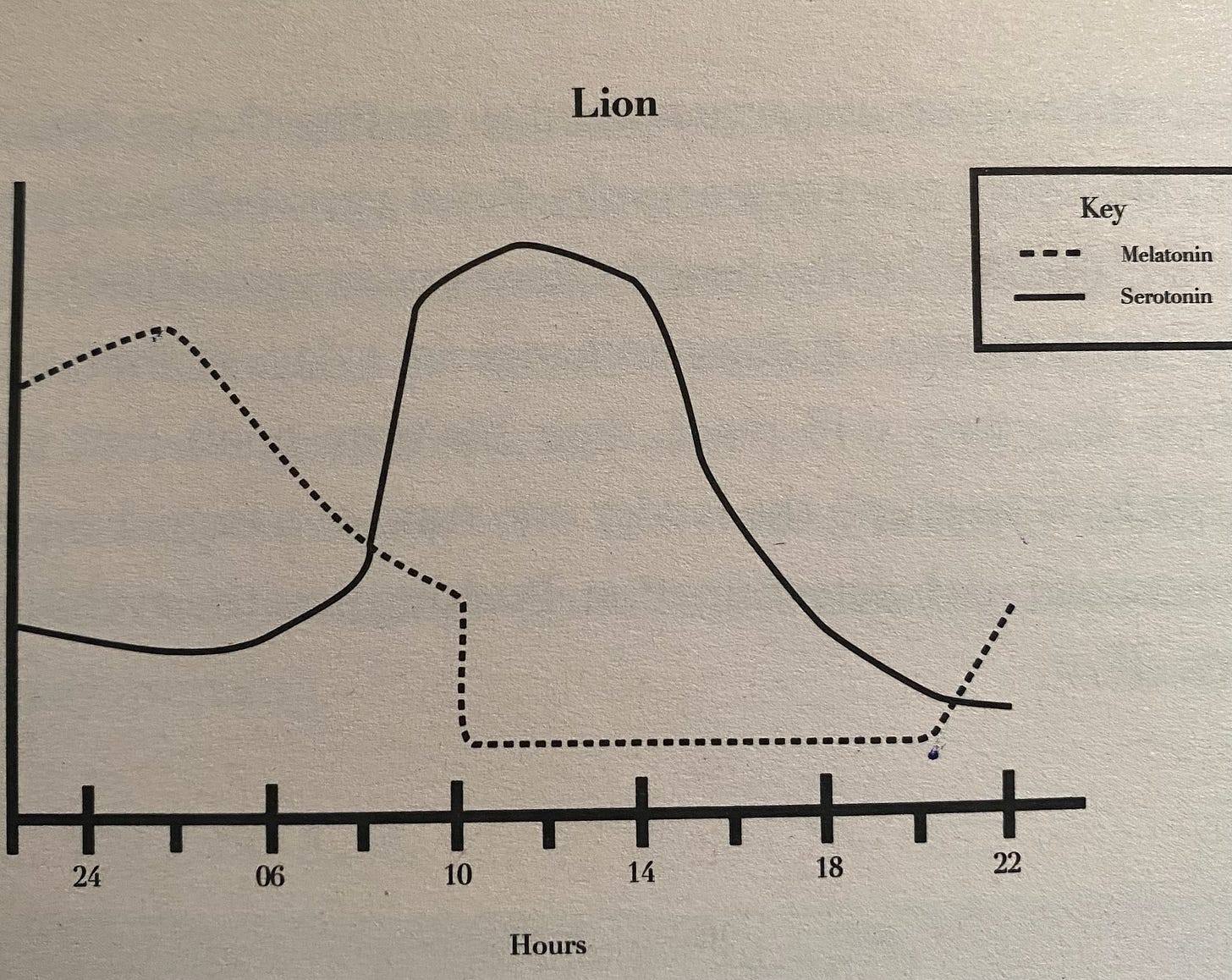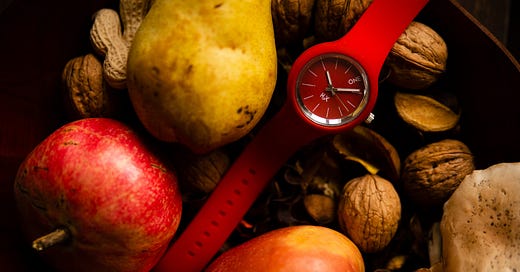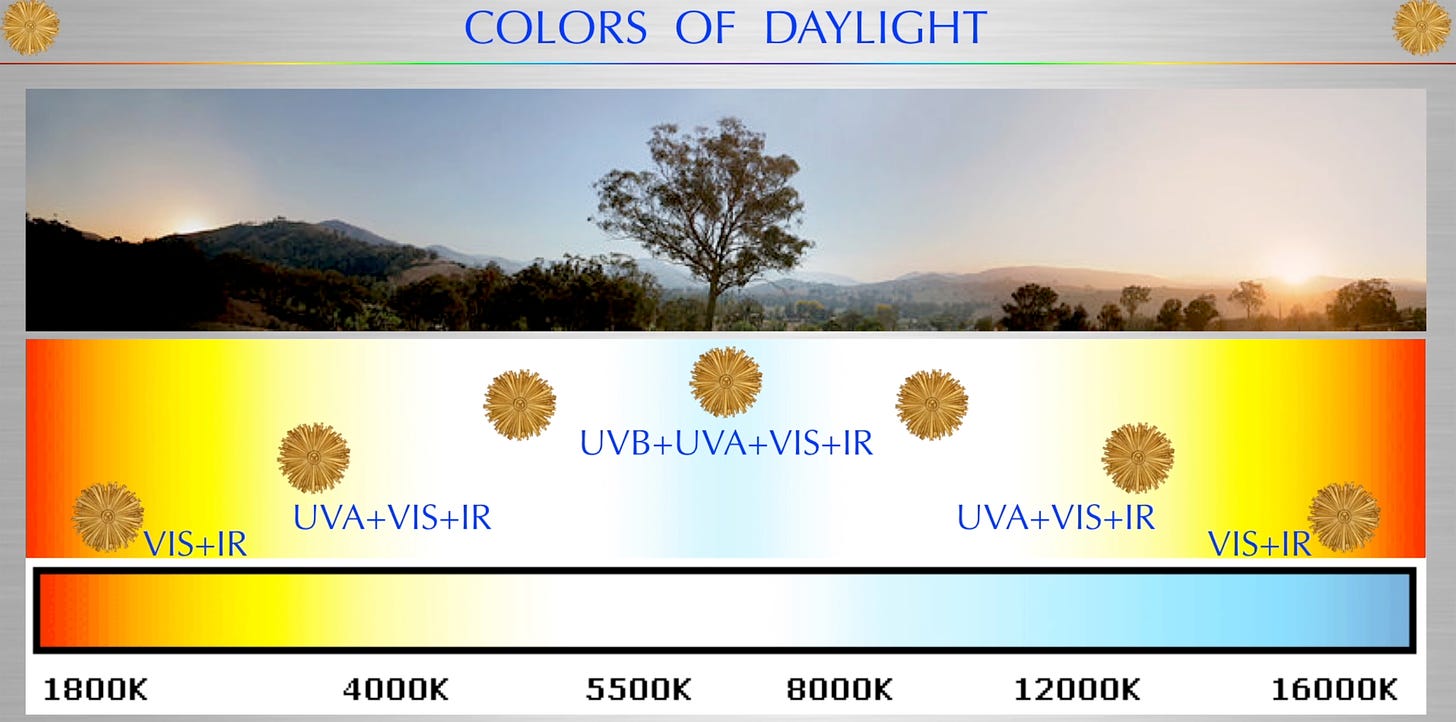You Are When You Eat
What circadian rhythms are, and how to make them work for you
What time is breakfast?
Depending on who you ask, this answer varies wildly.
Each of us follows a circadian (meaning “around a day”) rhythm that’s specific to our chronotype.
What’s a chronotype?
A chronotype refers to the timing of an individual’s natural activity level throughout the day. Our chronotype lets us know the best time to take medication, go on a job interview, scroll through social media, exercise, or have a drink. When we’re in rhythm, we can also ward off disease and lessen symptoms of sleep apnea.

What’s your chronotype?
Your preferred timing is influenced by a number of variables such as genetics, age, and gender.
For instance, genetics impacts sleep drive, which determines your depth of sleep and how much sleep you need. If you have low sleep drive, the night may seem very long to you, and you’re easily woken up by sound or light. You wake up feeling less than refreshed. If you have high sleep drive you sleep deeply, but you may feel like you can always use more hours of sleep. Those with medium drive, sleep somewhat deeply and are rejuvenated by seven hours of continuous rest.1
In the past physicians would categorize us as either night owls or early birds. Recent researchers and sleep doctors such as Michael Breus have developed a more sophisticated system of classifcation.
Dr. Michael Breus points to four chronotype categories that he describes as bears, wolves, lions and dolphins. Based on his research, if you want better sleep and increased productivity, align your routine with your specific circadian rhythm.
According to Breus, about half of the population are bears (that’s me) - the most common chronotype. This group tends to be more solar oriented, rising with the sun.
Bears are more productive before noon and often have a mid-afternoon slump, typically between 2:00 p.m. and 4:00 p.m.
Lions are a morning-oriented chronotype, rising at or even before dawn, full of energy and ready to seize the day. According to Breus, about 15 to 20 percent of people fall into that category.
Lions are most productive before noon and prefer to go to bed early.

Wolves are creatures of the night. People that fall into the wolf chronotype category make up about 15 to 20 percent of the population and prefer to sleep late. Wolves are most productive from noon to 4:00 p.m. with an additional burst of energy that often carries them late into the night that starts around 6:00 p.m.
About 10 percent of people fall into the dolphin category (I’m married to one). Dolphins tend to sleep lightly and often are not refreshed by their sleep.
This group is more prone to such sleep disorders as insomnia than others.
Dolphins tend to be most productive between 10:00 a.m. and 2:00 p.m.2
When’s the Best Time to Eat?
It’s important to note that each chronotype has specific mealtimes when they can eat more, when hormones of serotonin and leptin function optimally.
For instance, dolphins are recommended to have a high protein breakfast an hour after waking, as carbohydrates will raise serotonin and cause one to feel more tired, especially dolphins, who already have a more difficult time waking up in the morning. The metabolism of dolphins works on overdrive during sleep, so they need the protein to aid in muscle and cellular recovery the next morning.3
Regardless of which chronotype you are, we all follow a general rule when it comes to how diet affects sleep, and overall health:
Eating earlier in the day has been shown to be more advantageous for our metabolism.
A 2013 study at the University of Murcia of 420 of overweight men and women put the subjects on a diet of 1,400 calories per day for twenty weeks. Half of the subjects ate their largest meal of the day before 3:00 p.m. The other half had their largest meal after 3:00 p.m. The early eating group lost 25% more weight than the late eaters.4
Eating later has also been shown to have a negative impact on the brain's learning and memory centers.5
If you’re not sure of your chronotype, a good rule of thumb to optimize metabolism is to eat your biggest meal at lunch, ideally outside or with a window open, so that the full spectrum of sunlight can help your digestion break down nutrients.
Eating with the Sun
At noon, all wavelengths of the sun are at maximum levels and in balance with the infrared spectrum that allows our mitochondria (the engines of metabolism) to harvest the energy needed from food.
Many chronobiologists also recommend to leave 4-6 hours between meals, as this allows our blood sugar to stabilize, and gives our stomachs enough time to digest.
Remember when you were told to snack every 2-3 hours to keep your metabolism running high? This may not be such a great idea when considering that our bodies have their own schedules, which run more efficiently when in sync with nature.
There is a silver lining here. You may be able to eat more, instead of restricting yourself to what you’re eating. For some of his patients, Breus recommends eating 3 meals every 4 hours. He emphasizes that keeping the timing right is more important than what is being eaten. This allows blood sugar to stabilize, and cravings to slowly disappear.
Personally, I’ll have my largest meal at breakfast (over 50 grams protein) and won’t be hungry for another 6 hours. Once dinnertime rolls around, I’m not going for the chocolate cake.
Next time you go for that cake at 11pm, ask yourself if it’s worth it.
Hey - you may not have any memory of it the next morning anyway.
Don’t Compromise. Seek Higher Truth.
Roman
Private 1:1 Holistic Health Coaching (4 spots available):
Learn how to sync your circadian rhythm and use the Sun in order to:
Amplify your metabolism
Enhance mental focus
Restore sleep.
Breus, Michael. The Power of When. Penguin Random House, 2016. p.14
Breus, Michael. The Power of When. Penguin Random House, 2016. p.40
Christopher S. Colwell et al., “Misaligned Feeding Impairs Memory,” eLife, December 2015







Fascinating. Thank you!